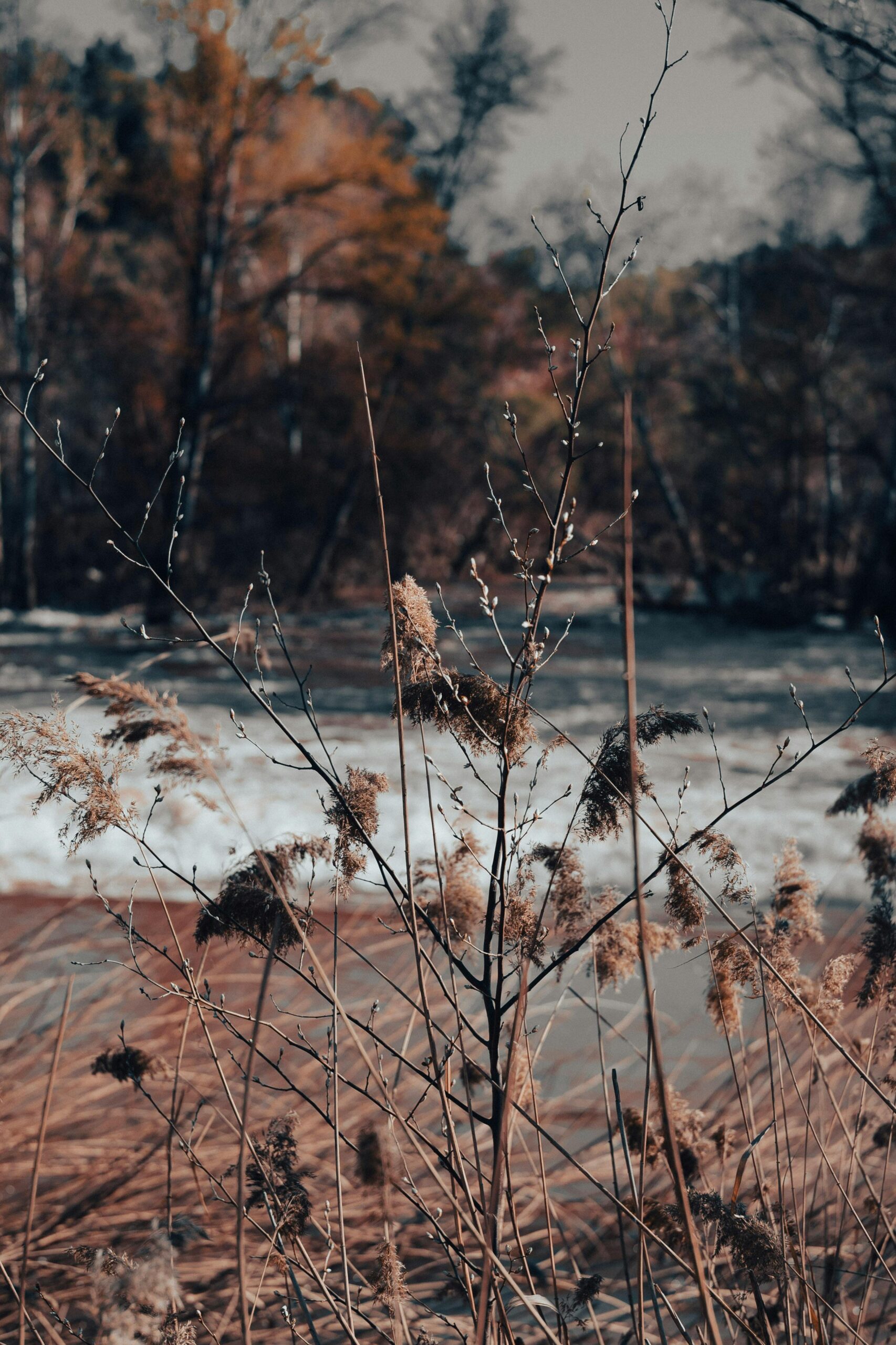Discovering Suncheon Bay: A Harmony of Nature and Culture
Nestled along South Korea’s southern coast, Suncheon Bay Wetland Reserve stands as a testament to nature’s resilience and beauty. Recognized as a Ramsar site since 2006, this ecological gem spans over 21 square kilometers, blending tidal flats, reed beds, and salt marshes into a vibrant sanctuary for migratory birds and marine life. Beyond its environmental significance, Suncheon Bay captivates visitors with its sweeping landscapes, including the largest reed field in Korea, which transforms with the seasons—golden in autumn, lush green in summer. This article delves into the wetland’s ecological importance, its role as a cultural landmark, and the delicate balance between conservation and human activity. Join us as we explore why Suncheon Bay is more than a destination—it’s a living, breathing ecosystem.
A Sanctuary for Biodiversity
Suncheon Bay’s tidal flats and reed marshes form a critical stopover for over 200 bird species along the East Asian-Australasian Flyway. Endangered species like the hooded crane and black-faced spoonbill rely on its nutrient-rich mudflats for feeding during migration. The wetlands also host unique flora, such as Suaeda japonica, a salt-tolerant plant that turns the marshes crimson in autumn. This biodiversity is sustained by the bay’s complex ecosystem, where freshwater from the Dongcheon River mixes with seawater, creating a nutrient soup that supports everything from microorganisms to fish—a foundation for the food chain.
The Reed Fields: A Living Tapestry
The vast reed beds of Suncheon Bay are both an ecological powerhouse and a cultural symbol. These reeds, which can grow up to 4 meters tall, act as natural water purifiers, filtering pollutants and stabilizing the coastline against erosion. Locals have harvested reeds for centuries, using them for thatched roofs and traditional crafts. Today, the annual Reed Festival celebrates this heritage, inviting visitors to wander wooden boardwalks amidst rustling stalks. The reeds also play a role in carbon sequestration, making Suncheon Bay a subtle yet vital player in mitigating climate change.
Balancing Tourism and Conservation
As Suncheon Bay’s popularity grows, so does the challenge of preserving its fragile ecosystem. The reserve employs innovative strategies to minimize human impact:
- Eco-friendly infrastructure: Elevated walkways prevent soil compaction and protect habitats.
- Visitor quotas: Limits on daily tourists ensure minimal disruption to wildlife.
- Education programs: Interactive exhibits at the Ecological Park emphasize the wetland’s global significance.
These measures aim to foster responsible tourism, ensuring that Suncheon remains a refuge for both nature and future generations.
A Legacy of Coexistence
Suncheon Bay is not just a natural wonder—it’s a cultural landscape shaped by centuries of human-nature synergy. Nearby Nakan Eupseong Folk Village reflects this relationship, with traditional homes built using materials from the wetlands. Local myths speak of the bay as a bridge between earth and sky, a belief echoed in its ethereal sunsets. By protecting Suncheon, South Korea honors a legacy where ecology and culture are inextricably linked, offering a model for sustainable coexistence.
Conclusion: Preserving a Fragile Paradise
Suncheon Bay Wetlands embody the delicate interplay between humanity and the natural world. From its role as a haven for migratory birds to its cultural resonance as a symbol of harmony, the bay challenges us to rethink our relationship with the environment. Conservation efforts here highlight a truth often overlooked: protecting ecosystems isn’t just about saving species—it’s about safeguarding stories, traditions, and the planet’s ecological balance. As climate change and urbanization threaten such spaces, Suncheon stands as a reminder that beauty and biodiversity can thrive when we prioritize stewardship over exploitation. Whether through a visit or advocacy, everyone has a role in ensuring this wetland’s whispers endure for centuries.
